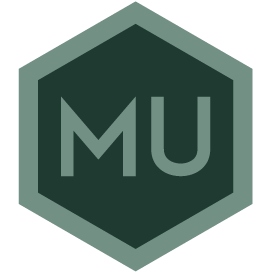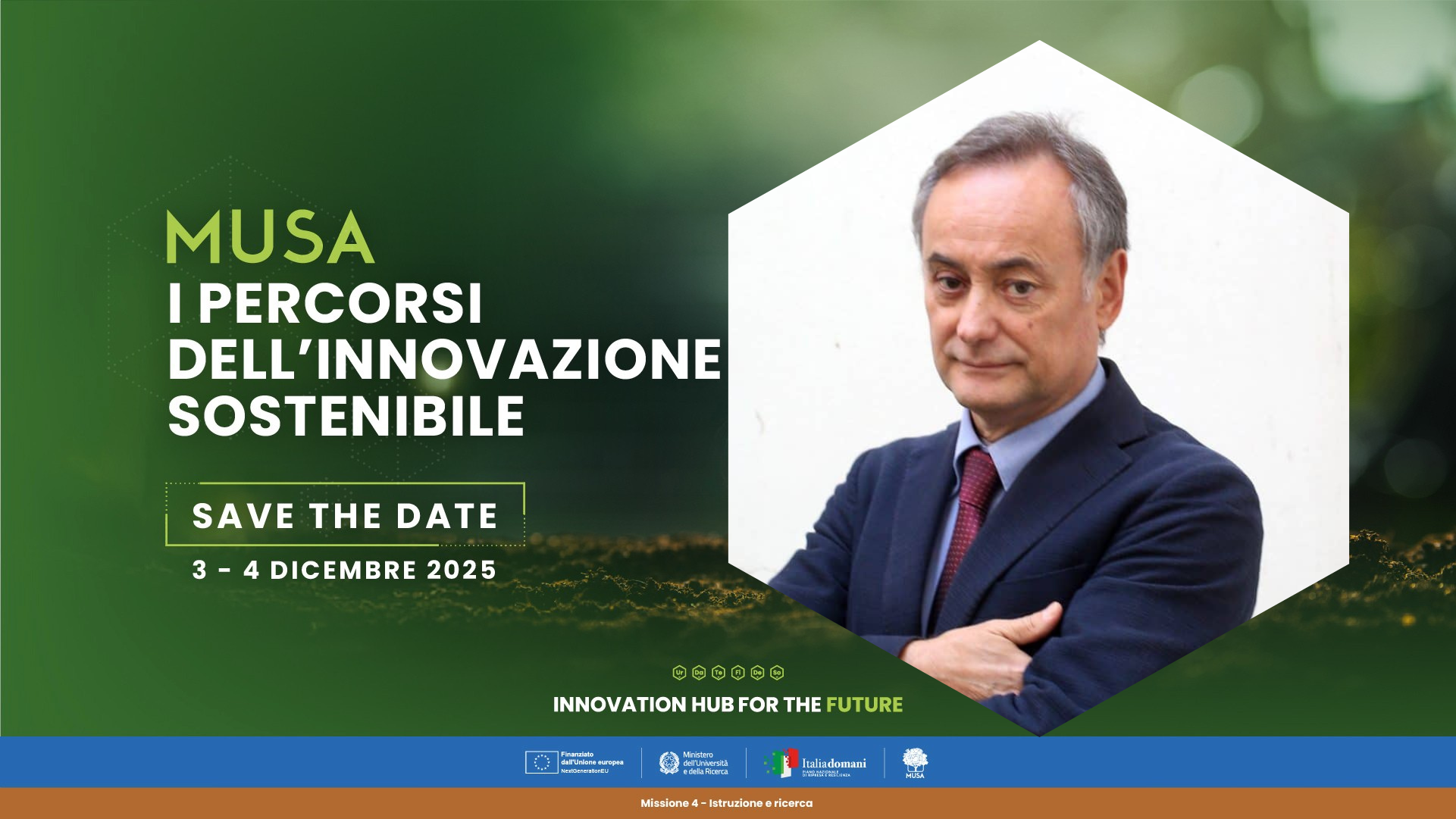Innovations, Living Labs, and Knowledge Transfer for a Sustainable Future. Salvatore Torrisi looks back on three years of MUSA and Previews the results to be unveiled on december 3–4
On December 3 at the University of Milano-Bicocca and on December 4 at the Palazzo Reale, the “Two MUSA Days” will offer a comprehensive overview of the work carried out within the Spokes, the innovations produced, the impacts generated, and the future trajectories of the ecosystem dedicated to sustainable innovation. The Scientific Coordinator of MUSA, Salvatore Torrisi, join the the event, and in recent days he has outlined its contents and significance.
During the two days, the central session dedicated to the Spokes will be introduced by Torrisi and structured through presentations by the Spoke leaders. Each of them will present the vision and results of their respective areas, before giving the floor to the young researchers who conducted fieldwork. “We will have between twelve and eighteen presentations,” Torrisi explains, “a testament to the richness of the project lines and experiments born and developed within MUSA.” This approach helps convey the depth of the work carried out and highlights the contribution of the new generations of scientists and innovators.
From the outset, MUSA has been built on the One-Health vision, which integrates human, animal and environmental health. “Our goal,” Torrisi emphasizes, “was to propose models and innovations that could be replicated beyond Lombardy.” This framework has guided all activities, from those closer to technological development—many of which have reached high Technology Readiness Levels (TRLs)—to those aimed at social well-being and reducing inequalities.
Among the most significant legacies of the project’s three years, Torrisi points to the Living Labs and Joint Labs. The Living Labs—focused on biodiversity, air quality, sustainable mobility and road safety—directly involved citizens and local communities, translating research into experiments of public value. The Joint Labs, on the other hand, have served as a stable bridge between universities and businesses, strengthening the industrial innovation fabric. Among the partners involved: Leonardo, Huawei, Infineon, ENI, Pirelli, Edison, and the Metropolitan City of Milan.
“We have worked with public and private players in a framework of continuous collaboration,” Torrisi notes, “which now allows us to offer more effective services, such as the geothermal authorization models developed with local authorities.”
MUSA has also acted on the social innovation front, in collaboration with the Municipality of Milan and numerous Third Sector organizations, from Children Emergency to Human People to People. This gave rise to several Social Inclusion Hubs dedicated to reducing vulnerabilities and inequalities, with initiatives addressing school dropout, inclusion of migrant families and digital skills for minors. Among the results highlighted by Torrisi is the Digital Education Pact, a model of shared educational responsibility between families and institutions that has now become a national reference.
Another key area concerns circularity in production and distribution, with a particular focus on strategic sectors such as fashion and design. The Milano Circularity Framework developed by MUSA is based on the three keywords reduce, recover, reuse and on a set of 274 performance indicators, later streamlined into a more concise yet highly operational system. “We worked together with companies and sector stakeholders,” Torrisi adds, “to rethink design, supply chains and consumer awareness. This work was further enriched by hackathons and experimental labs, such as the Politecnico di Milano’s mini-lab on textile circularity.”
One of the most significant effects of the project concerns the training of researchers. “Around a thousand people worked on MUSA,” Torrisi explains, “nearly 300 of whom were hired through project-specific contracts. Many are now joining the companies we collaborated with. This is a result that strengthens MUSA’s mission to foster knowledge transfer to the productive sector and public administration.”
“The impact of MUSA,” Torrisi concludes, “is technical, social and cultural. But it is also an impact on the future: the one our researchers will bring into companies, institutions, and society.”





